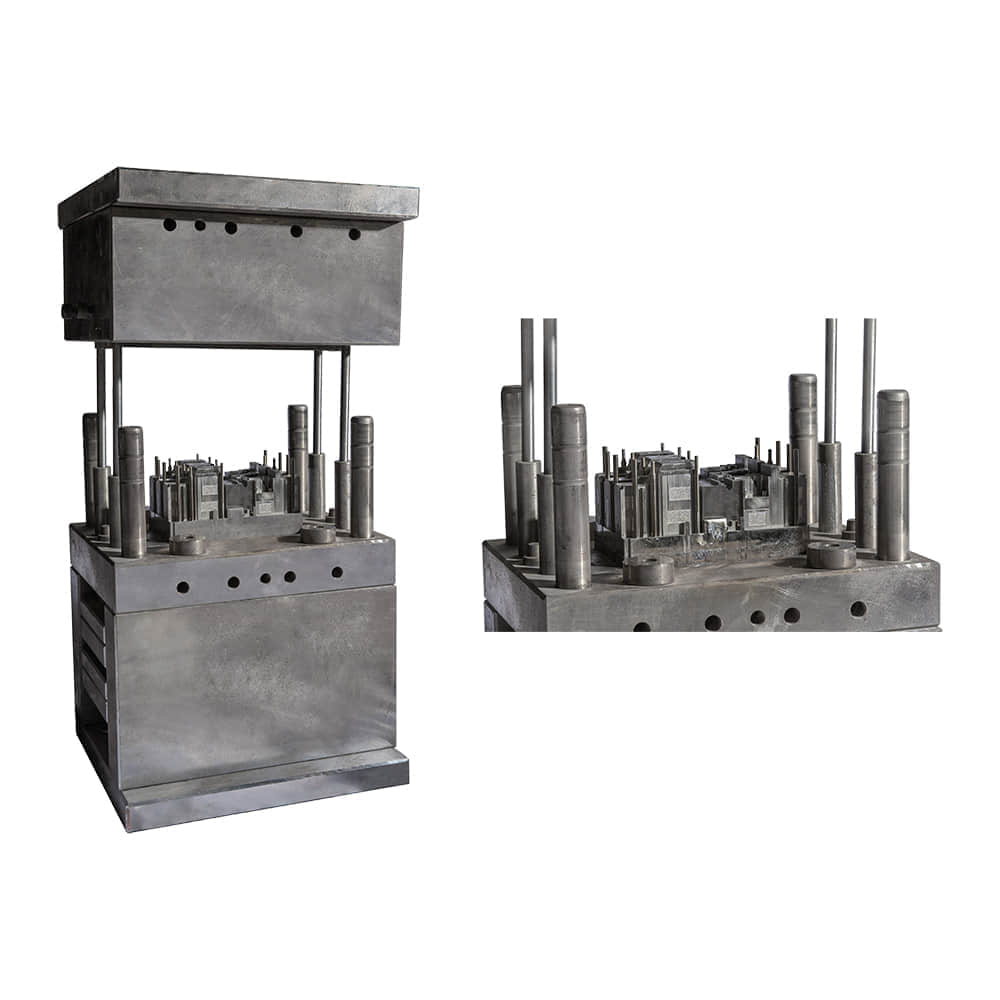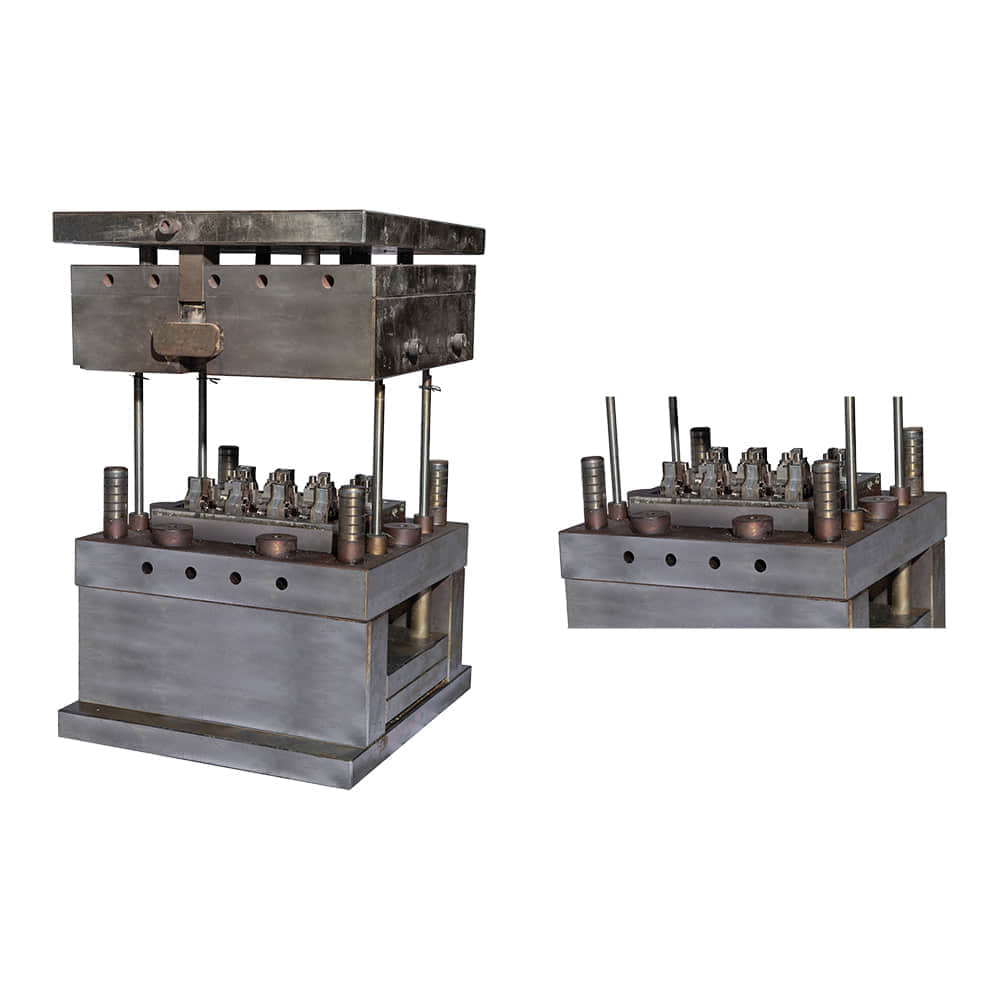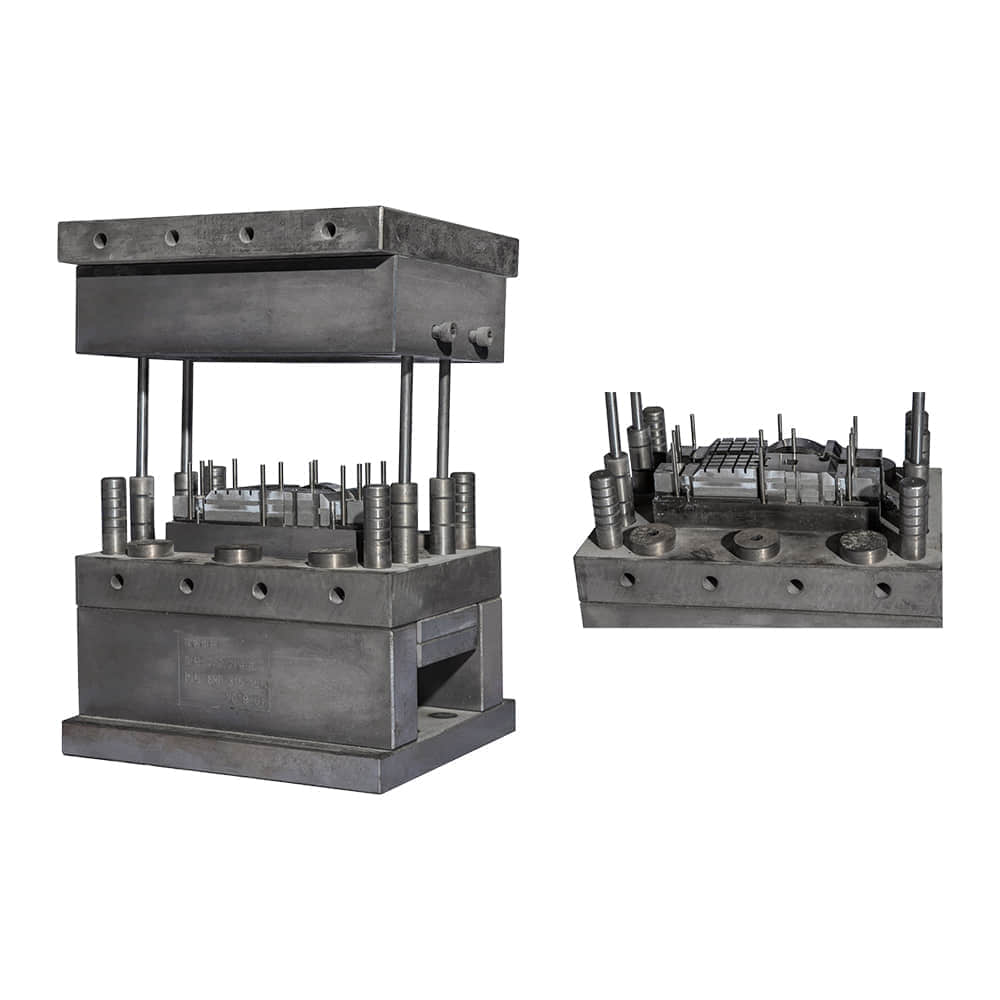SMC Molding: Revolutionizing Composite Materials

In the world of advanced manufacturing, SMC molding has emerged as a transformative technology, enabling the creation of lightweight yet durable composite materials. SMC, or Sheet Molding Compound, is a versatile material that has found applications across various industries, from automotive to aerospace and beyond. In this article, we will delve into the world of SMC molding, exploring its principles, advantages, and diverse applications.

The Basics of SMC Molding SMC molding is a composite manufacturing process that involves combining several materials to create a high-performance composite. The primary ingredients of SMC include thermosetting resins, chopped glass fibers, and various additives. These components are carefully blended to form a thick, dough-like compound. The SMC molding process typically follows these steps: Material Preparation: The raw materials, including resins, glass fibers, and additives, are thoroughly mixed to create a uniform compound. Molding: The SMC compound is placed into a mold cavity, which is typically made of metal. The mold is then closed. Compression: Pressure is applied to the closed mold, compacting the SMC compound and forcing it to take the shape of the mold. Curing: Heat is applied to the mold, causing the thermosetting resin to undergo a chemical reaction known as curing. This process transforms the SMC compound into a rigid, durable composite. Demolding: Once the curing process is complete, the mold is opened, and the finished SMC part is removed. Advantages of SMC Molding SMC molding offers a wide range of advantages that have contributed to its popularity in various industries: Lightweight: SMC composites are known for their high strength-to-weight ratio, making them ideal for applications where weight reduction is crucial, such as in automotive and aerospace. Design Flexibility: SMC molding allows for complex shapes and intricate designs, thanks to its ability to replicate fine mold details. Corrosion Resistance: SMC composites are highly resistant to corrosion, making them suitable for outdoor and harsh environment applications. Excellent Electrical Insulation: SMC materials exhibit superb electrical insulation properties, making them valuable in electrical and electronic components. Low Tooling Costs: The metal molds used in SMC molding have a long lifespan, reducing tooling costs over the long term. Environmental Benefits: SMC composites are eco-friendly, with low emissions during manufacturing and recyclability. Diverse Applications SMC molding’s versatility has led to its adoption in a wide range of applications: Automotive Industry: SMC components are used for vehicle body panels, interior parts, and structural components, contributing to fuel efficiency and crash safety. Aerospace: SMC composites find application in aircraft interiors, engine components, and structural parts due to their lightweight and high strength properties. Construction: SMC materials are used in building facades, cladding, and architectural elements, offering durability and design freedom. Electrical and Electronics: SMC is used in insulators, enclosures, and electrical cabinets due to its electrical insulation properties. Renewable Energy: Wind turbine blades are often manufactured using SMC composites, as they can withstand harsh environmental conditions. Consumer Goods: SMC is used in the production of consumer products like sporting equipment, bathroom fixtures, and furniture. Future Innovations As technology advances, SMC molding continues to evolve. Researchers are exploring new materials, additives, and manufacturing techniques to further enhance the performance and sustainability of SMC composites. This ongoing innovation promises to expand the already extensive range of applications for this remarkable manufacturing process. In conclusion, SMC molding has emerged as a game-changer in the world of composite materials. Its ability to combine strength, lightness, and design flexibility has made it a favorite in industries where performance matters. As research and development efforts continue, we can expect to see even more exciting applications for SMC composites in the future, further solidifying its place as a key player in advanced manufacturing.
